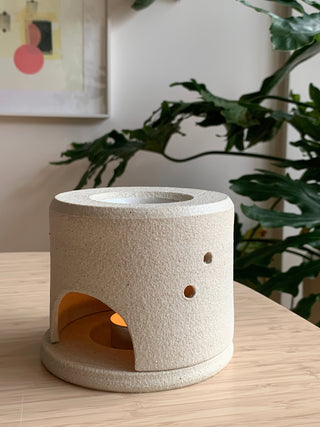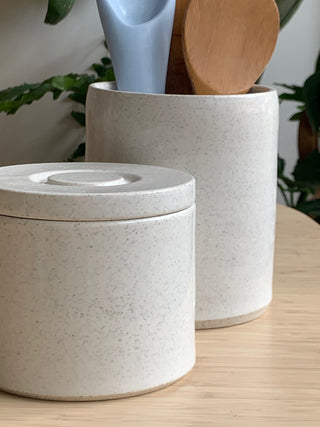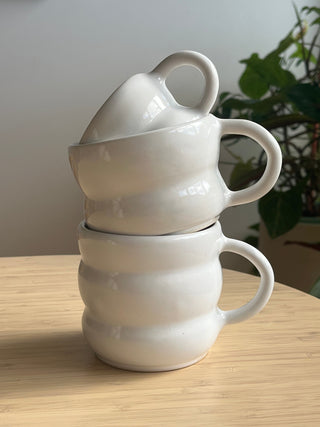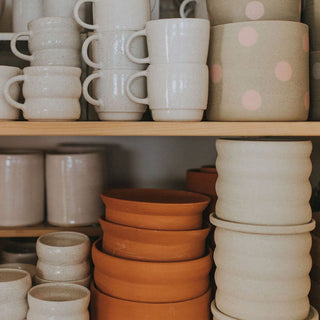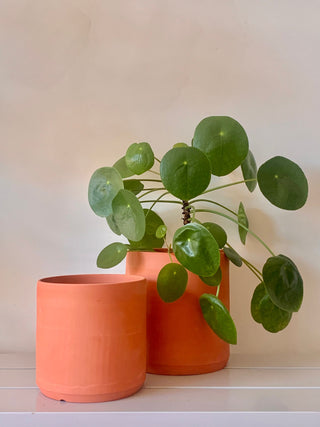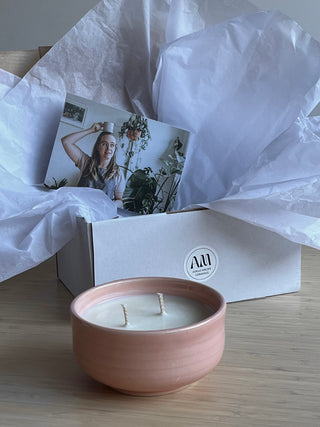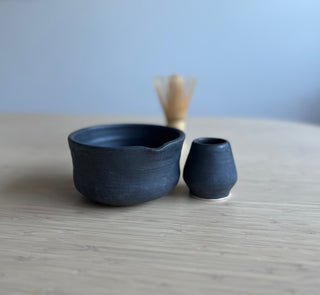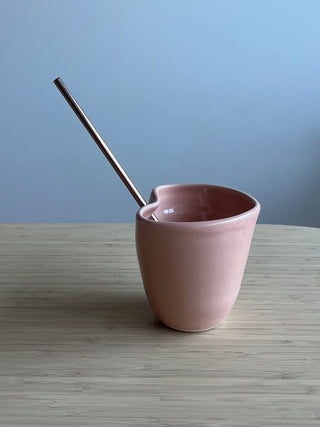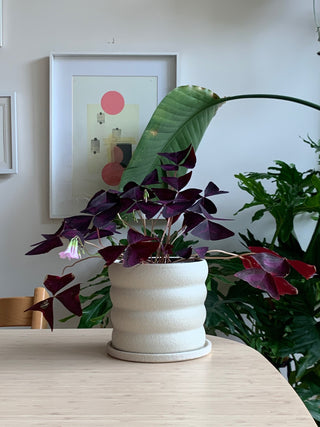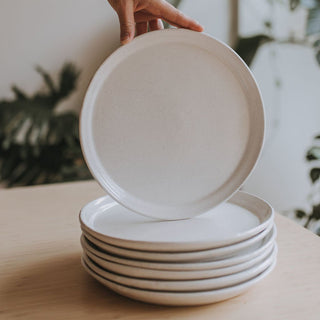
When it comes to throwing large ceramics on the pottery wheel, using a hump mould proves to be an efficient and preferred method. This technique offers a multitude of advantages over individually throwing large amounts of clay. Firstly, it saves valuable time and effort for potters and if you know anything about me, its that I am very time poor! By shaping the clay into a consistent form beforehand, repetitive centering and pulling up of large quantities of clay become unnecessary. As a result, potters can focus more on the creative aspect of their work rather than physical labor. Easy!
Secondly, using a hump mould ensures consistency in size and shape, making it effortless for potters to create multiples of the same form. This not only boosts productivity but also facilitates the creation of uniform sets or commissioned pieces. If you’ve seen my work in person, you’d know that I strongly believe that consistent and uniform shapes in handmade pottery are preferable to misshaped pottery for several reasons. When it comes to stacking bowls, having consistent shapes ensures stability and saves space in storage. A set of perfectly shaped bowls will fit seamlessly together, allowing for neat and efficient organization. On the other hand, misshaped bowls may be challenging to stack properly, leading to instability and potential breakage. Consistent shapes provide aesthetic harmony, whether displayed in a kitchen or used for serving. The symmetrical and uniform appearance of stacked bowls creates an appealing visual impact that enhances the overall presentation. Ultimately, in handmade pottery, the precision and attention to detail required for consistent and uniform shapes elevate not only the functionality but also the beauty of the final product.

Don’t get me wrong, I am not looking to create “factory made” ceramics when I talk about consistency in shapes. Handmade pottery and factory-made pottery differ significantly in terms of origin, process, and final outcome. Handmade pottery embodies the skill, artistry, and individuality of the ceramic artist. Each piece is meticulously shaped and formed by hand, resulting in unique textures, shapes, and glazes. Conversely, factory-made pottery is mass-produced using molds and machinery, sacrificing the personal touch of the artist. However, even when made in a consistent manner, handmade pottery can still retain its handmade qualities. This is because the artist's attention to detail, the organic nature of the clay, and the subtle variations that naturally occur ensure that no two pieces are completely identical. These slight imperfections, which add character and authenticity, are difficult to replicate in factory settings. Ultimately, the essence of handmade pottery lies in the human connection, passion, and creativity infused into each piece, regardless of consistent production methods.
Lastly, the hump mould technique reduces the risk of re-centering a misshaped piece, effectively minimizing wastage of both clay and time. Using a hump mould for throwing large ceramics guarantees efficiency, consistency, and elevates the creative process for potters.
If you want to learn how to use a hump mould and try some of mine, come along to my intermediate classes at Northcote Pottery Supplies More info here

